At the practice, we are often seeing patients suffering from knee pain.
Taking a thorough case history and doing a full examination will enable your Osteopath to determine the cause of the pain. With the diagnosis complete, a treatment plan and pathway to recovery can begin!
Kind regards,

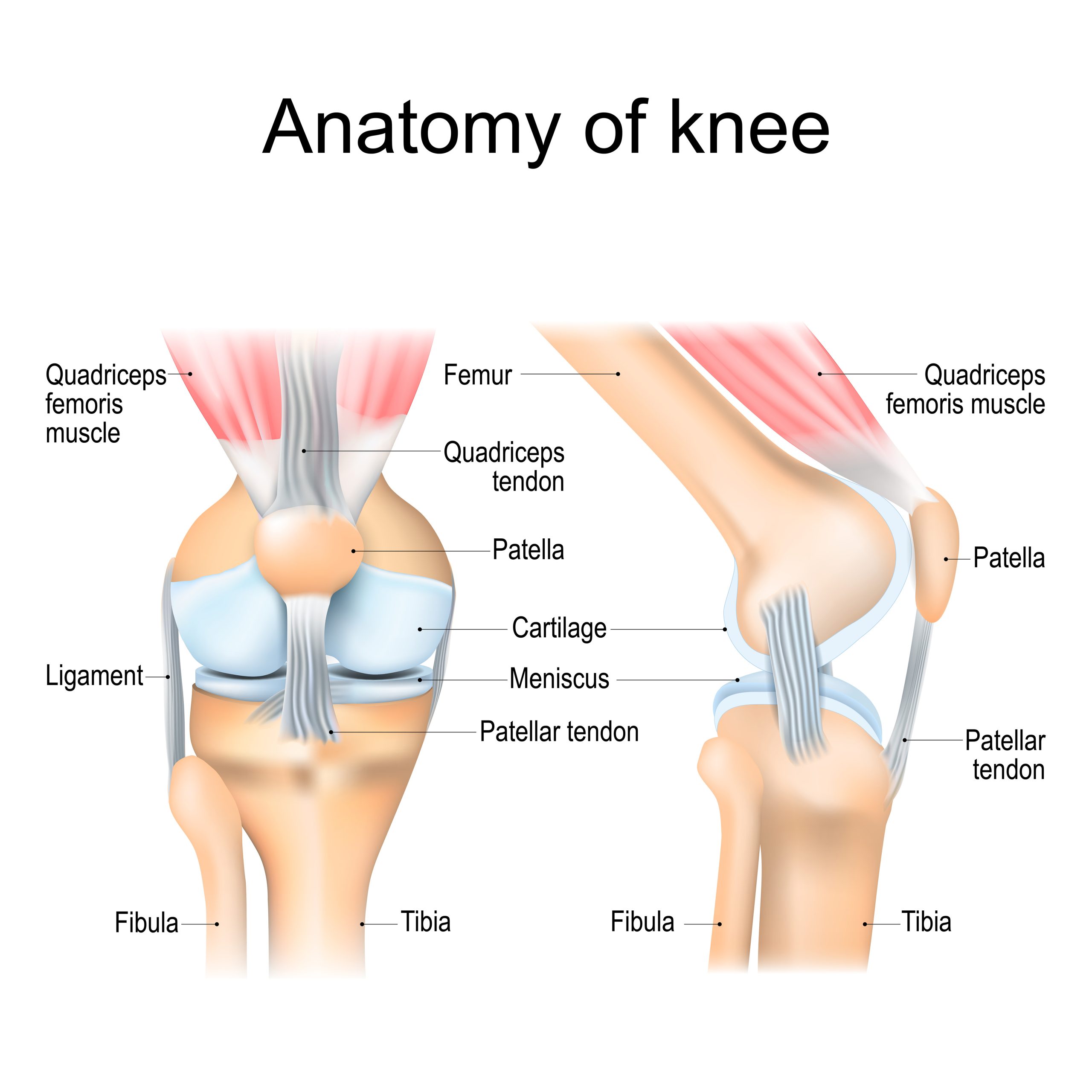
The anatomy of the knee is such that our thigh bone (femur) sits on the flat surface of the tibia, supported by 2 C-shaped cups of cartilage. The joint is then stabilised by 4 main ligaments along with the muscles and tendons of the hamstrings and quadriceps.
Fundamentally, the knee joint relies on the cartilage menisci, muscles, ligaments and tendons for both stability and shock absorption so it is very common to get problems.
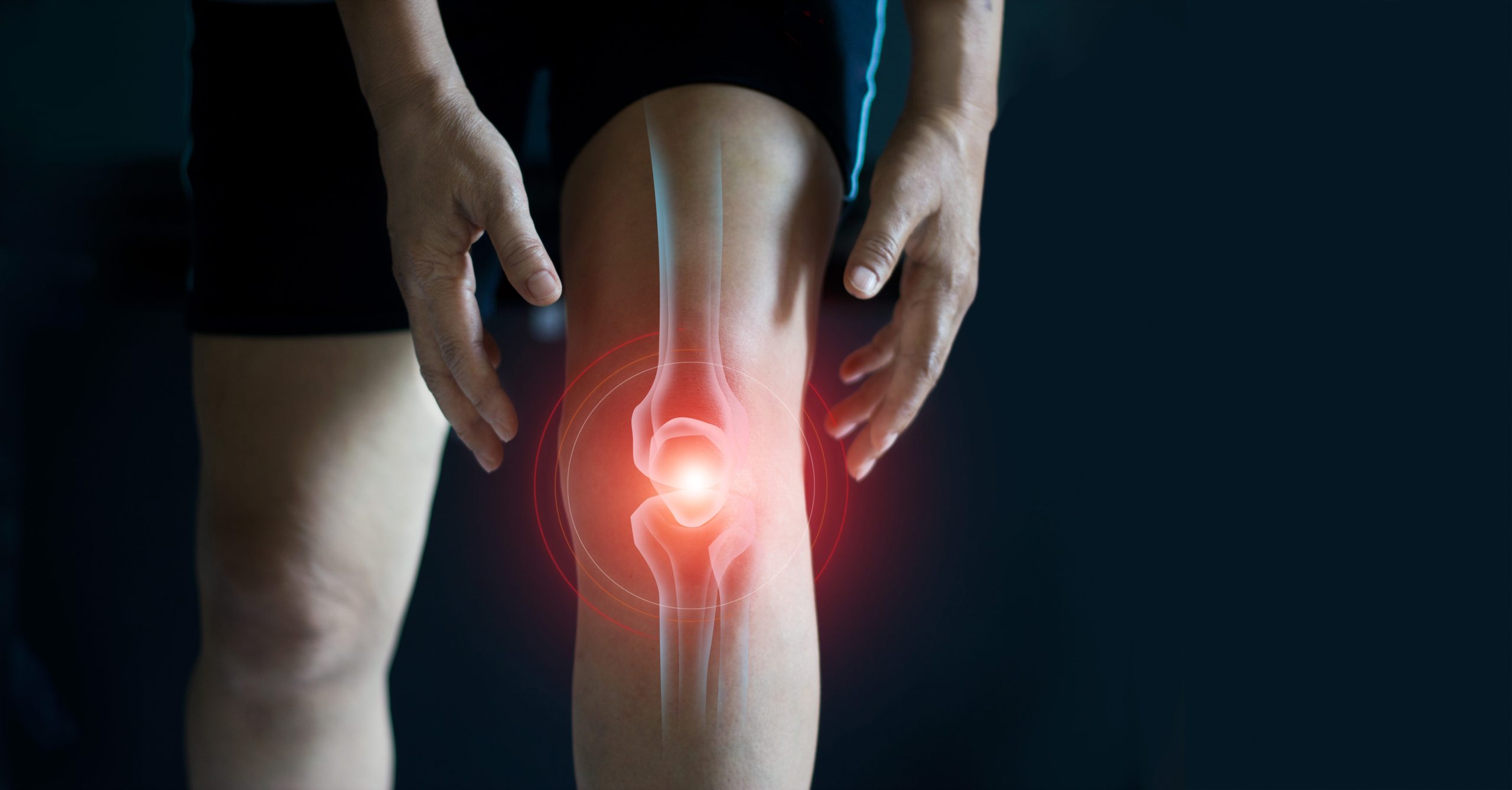
Knee pain is common amongst adults and is most often associated with general wear and tear. However, athletes who run, jump or play sports that involve quick pivoting, are equally likely to experience problems.
Common Knee Problems:
Sprained Knee Ligaments and/or Muscles. A strained knee ligament most often occurs by sudden twist to the knee or an impact. Symptoms may include pain, swelling and difficulty walking or doing sports.
Torn Cartilage. This occurs with trauma to the knee and the meniscus cup may tear. Symptoms may include, locking of the knee, inability to move the knee, pain and swelling. Surgery may be indicated for acute onset trauma and your Osteopath will let you know if onward referral is necessary.
Tendonitis. This is inflammation of the tendons of the knee. The knee cap (patella) tendon is often involved and can occur with jumping, running or other repetitive impact. Symptoms are swelling, pain on running, going downstairs and when bending the knee.
Arthritis. Degenerative changes to the knee are the most common causes of knee pain. There may be pain, stiffness, crackling or crepitus of the knee, swelling and difficulty in moving and weight bearing.
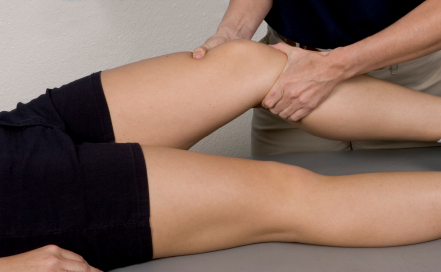
The first thing your Osteopath will do is take a medical case history and then do an assessment of your knee. Once a diagnosis is established then your Osteopath will advise on a forward treatment and rehabilitation plan.
Osteopathy for knee pain will involve hands-on treatment and prescribed rehabilitation exercise.
On the rare occasion when onward referral is deemed necessary, then we can always help the process by writing a letter to your GP or Consultant.
If you have aches and pains, don’t wait, just call the clinic and come in and we will be able to diagnose the problem. 02089776396
If you would like more information on how Osteopathy can help, please contact us.
You can email info@osteopathuk.co.uk or call 02089776396
| Click the link for our website: http://www.osteopathuk.co.uk/ |

Please do not hesitate to get in touch with us for any reason, we are here to help and welcome any feedback. Click here for more information.
It’s that time of year – kids struggling with the never-ending revision and their parents struggling to keep the household mentally and physically on track during the next 2 months!
As Adults, we accept that long working hours may cause back and neck pains but this can happen to children and teens as well.
The repetitive nature of hours of revision often leads to neck & back pain. The mental stress of exams also causes the body to fatigue via the central nervous system and can cause tension headaches, sleeplessness, poor concentration and lethargy.
However, Osteopathy can bring ease of function within our nervous system and musculoskeletal-skeletal system.
Kind regards,

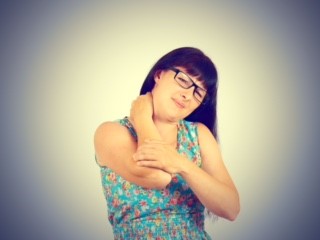
Postural Tension is fatigue of the spinal muscles that hold us upright. Repetitive activity and holding static positions for a long time, such as revising or sitting exams, can cause this to occur.
Classically, Postural Tension manifests itself as a ‘slumping’ posture with shoulders protracted & rounded forwards. The mid back and shoulders are more curved and hunched. The chin extends forwards and there is an increase in the curvature of the lumbar (low back) and cervical (neck) spines.
Symptoms that are typical of Postural Tension are:
Headaches
Sore Neck
Sore Mid Back
Aching Shoulders
Sore Lower Back
Feelings of general tension and achiness.
Additionally, there may be symptoms of tiredness, low mood, anxiety/stress but if you have any concerns with regards to your child’s mental health and well-being, do not hesitate to contact your GP.
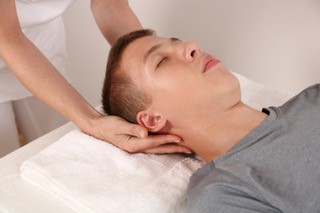
When visiting an Osteopath, the first thing we do is to take a full and detailed Case History. This is vital to provide a diagnosis of Postural Tension as a key element of Exam and Revision Stress.
As your Osteopaths, we always ask anyone doing exams where they are doing the revising. Most of us would assume at a desk but all too often we get told that it is lying on the floor, sitting on the bed or sitting on the floor leaning against a wall.
Once we have the Case History, we then examine physical movements and palpate for any areas of muscle hypertonicity and tension.
For Postural Tension, hands on Osteopathy can prove really beneficial. By easing muscle tension, improving joint mobility and function and helping breathing patterns become less stressed, the body can regain its correct posture and function more efficiently and easily.
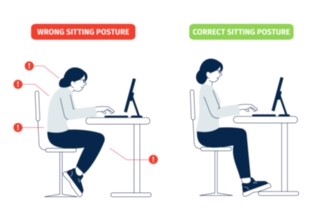
First and foremost is to get your child a fully functioning work area. No more revising whilst sitting on a bed or sofa!
Get a good chair and one that preferably has wheels so that they can move their body weight more freely. Postural Tension occurs due to lack of movement and holding static postures for a long time.
Ensure the chair has a solid back with good lumbar spine support. If possible, get a chair with arm rests so that when reading or taking a brief rest it is possible to rest the arms.
Try to avoid Tablet and Lap Top Use…. if you need to use them, get a bluetooth keyboard that can be used independently like a desktop computer.
If you have aches and pains, don’t wait, just call the clinic and come in and we will be able to diagnose the problem
If you would like more information on how Osteopathy can help, please contact us.
You can email info@osteopathuk.co.uk or call 02089776396
| Click the link for our website: http://www.osteopathuk.co.uk/ |

Please do not hesitate to get in touch with us for any reason, we are here to help and welcome any feedback. Click here for more information.
Spring is here… finally!
It is time to get out there, get walking, get running and get fit.
As your Osteopaths, we are treating patients with end of winter postural tension and related aches and pains. With the arrival of Spring, we are encouraging everyone to get moving again.
The secret after a long winter is to take it steady and build your exercise up in increments – this will help you to avoid injury.
Kind regards,

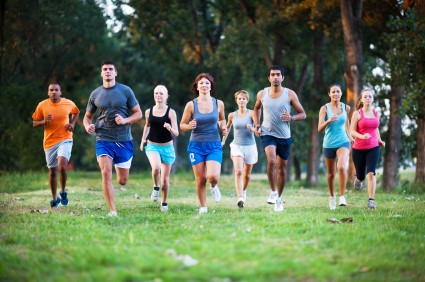
To exercise without injury, it is important to tune into your body and be mindful and aware of how you are feeling.
Start any exercise with a gentle warm up – walking or a slow jog to begin with. Gradually pick up the pace once you feel that warmed up, looser feeling in your body.
A lot of injury can come from repetitive overuse of the same muscles and joints. To avoid this, add in different pace to your exercise and vary it. For example, in the gym move around to different exercise machines to avoid overusing one muscle group. When running, try interval training – run faster for a few minutes and then slow down for a minute to a jog or walk.
If you feel any cramp, pain, soreness or twinge, stop! Never keep on exercising through the pain because you might be doing further damage and this will slow down your healing process.
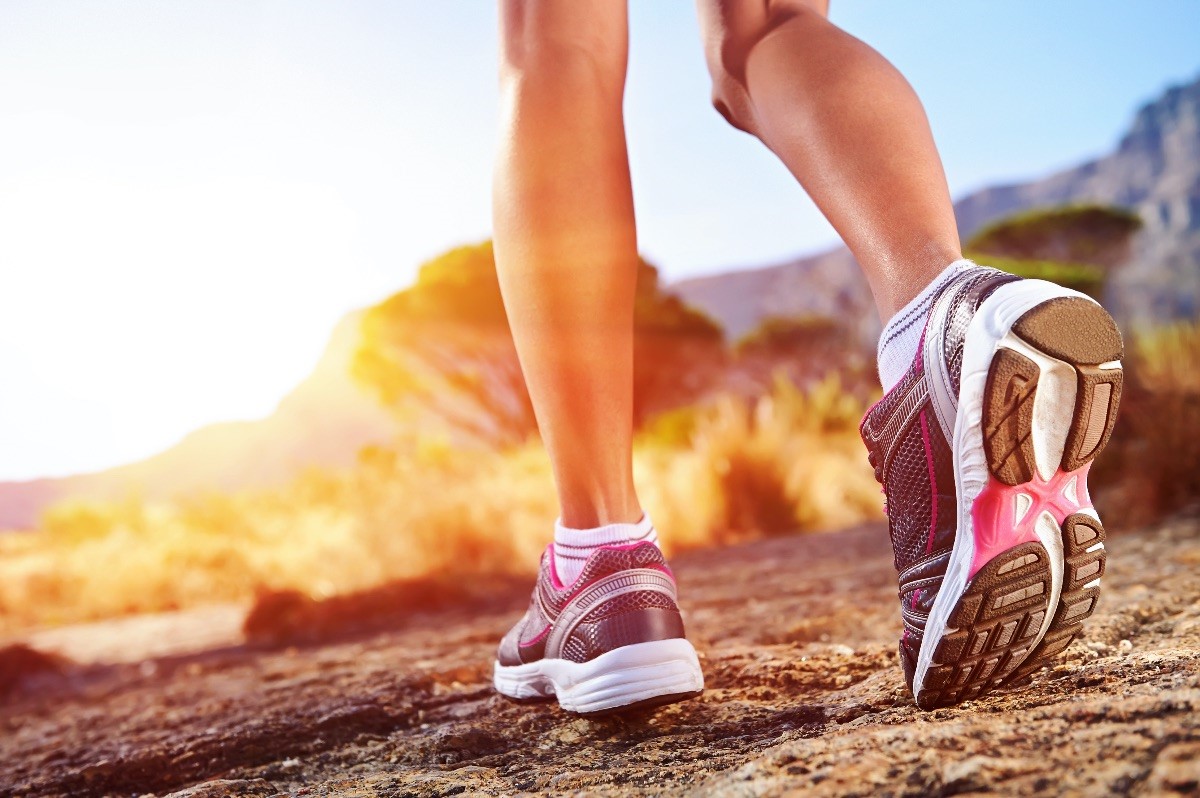
With 5 weeks to go, you will be well on your way with your training regime.
The increase in mileage at this point means that we often see patients at this stage of marathon training. Osteopaths can help keep your joints and muscles in good functioning order to cope with this increase in impact.
To avoid injury, be flexible with your training schedule and listen to your body. Don’t push yourself too hard on the longer runs – you should feel tired but not wiped out.
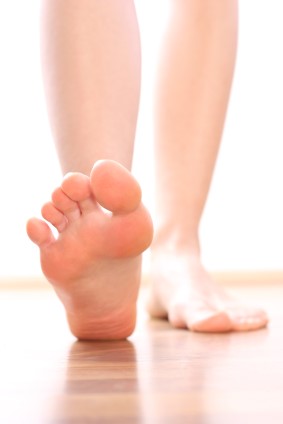
If you are training, walking or running, good footwear is key.
How old are your trainers or walking boots? Think of the amount of use they have had and replace them. They may look in good condition but injury often occurs with older footwear.
Don’t wait, just call the clinic and come in and we will be able to diagnose the problem
If you would like more information on how Osteopathy can help, please contact us.
You can email info@osteopathuk.co.uk or call 02089776396
| Click the link for our website: http://www.osteopathuk.co.uk/ |

Please do not hesitate to get in touch with us for any reason, we are here to help and welcome any feedback. Click here for more information.
Many years ago, when Osteopathy as a medicine was being determined by its founder, Andrew Still, it was all about the body finding its own way to health and well being.
Osteopaths are the facilitators for your body to do just that.
Kind regards,


Osteopaths work on multiple systems within the body to help promote health and well being.
By working on vascular (blood), neurological (nerve) and musculoskeletal systems, Osteopaths stimulate healing processes and facilitate an easier pathway for the body to self-heal.
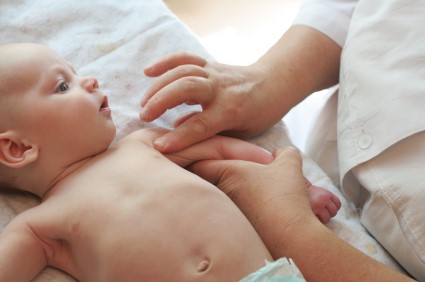
Differential Diagnosis
First and foremost, your Osteopath will take a case history where they find out about your current symptoms and your medical/health back ground. This detailed history taking is vital for differential diagnosis of your problem.
Full Examination of Movement
After the case history, your Osteopath will then assess active and passive movements to help further diagnose your problem in more detail. This protocol ensures that it is only after point of diagnosis that a formulated treatment plan, tailored to you as an individual, can be carried out.
Hands on Treatment
Hands on treatment is a vital part of Osteopathy. Osteopaths are trained to have really good palpation and this sensitivity of touch will also help them pinpoint the areas that are causing you problems. Osteopathic training is focussed on using touch to help stimulate the body to self-heal.
Advice on Self-Care
Your Osteopath will also put a focus on how you can help yourself to heal. The advice may touch on rehabilitation exercises, medication, what movements to do/not do and also how to cope with the pain or stress of your problem.

Osteopathy as a medicine, is accessible for the whole family. At Kingston & Teddington Osteopathy, our focus is on being able to treat every generation.
We specialise in treating:
Babies & Children
Pregnancy – pre and post natal musculoskeletal aches and pains
Sports Injuries
Trauma Injury – eg whiplash, accidents, falls etc
Post Operative Care – eg post knee and hip operations, post shoulder/elbow/wrist injections for arthritis
Degenerative Musculoskeletal Pains – eg wear and tear with age, arthritis
Postural Tension – musculoskeletal aches and pains eg tension headache, neck pain, back pain
If you have aches or pains, don’t wait, just call the clinic and come in and we will be able to diagnose the problem.
Our Osteopaths are happy to help so please call 02089776396
If you would like more information on how Osteopathy can help, please contact us.
You can email info@osteopathuk.co.uk or call 02089776396
| Click the link for our website: http://www.osteopathuk.co.uk/ |

Please do not hesitate to get in touch with us for any reason, we are here to help and welcome any feedback. Click here for more information.
We all know that regular exercise has wonderful health benefits but what about Stretching?
As Osteopaths, we always prescribe personalised stretches to help the process of healing and recovery.
This newsletter will explore why Stretching is so restorative.Kind regards
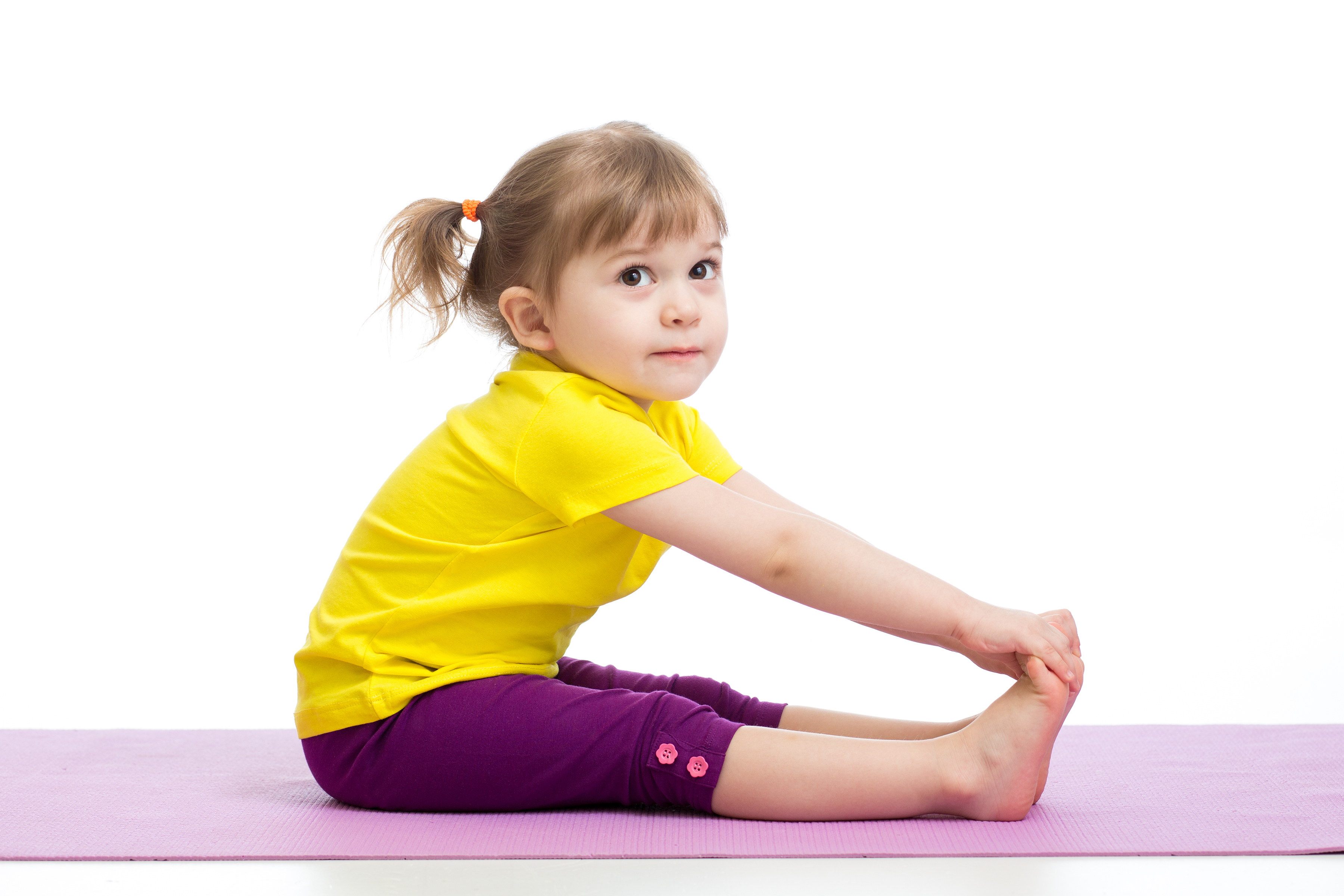 Stretching can improve flexibility of joints and muscles. This adaptability for change is a key part of healthy musculoskeletal function. Imagine a trampoline that is over-tight – it won’t function well for your kids (or you) to bounce on. If really tight, it might even rip and tear and this is how injury can sometimes occur.
Stretching can improve flexibility of joints and muscles. This adaptability for change is a key part of healthy musculoskeletal function. Imagine a trampoline that is over-tight – it won’t function well for your kids (or you) to bounce on. If really tight, it might even rip and tear and this is how injury can sometimes occur.
By stretching, you restore the body’s flexibility and adaptability to change and this in turn puts less load on to muscles and joints.
The potential health benefits of Stretching are:
Decreasing your risk of injury
Joint flexibility allows a joint to move in its full range of motion
Increasing blood flow to muscles, making them function efficiently
Enabling muscles to work effectively and take on load
Improving your performance in physical activities
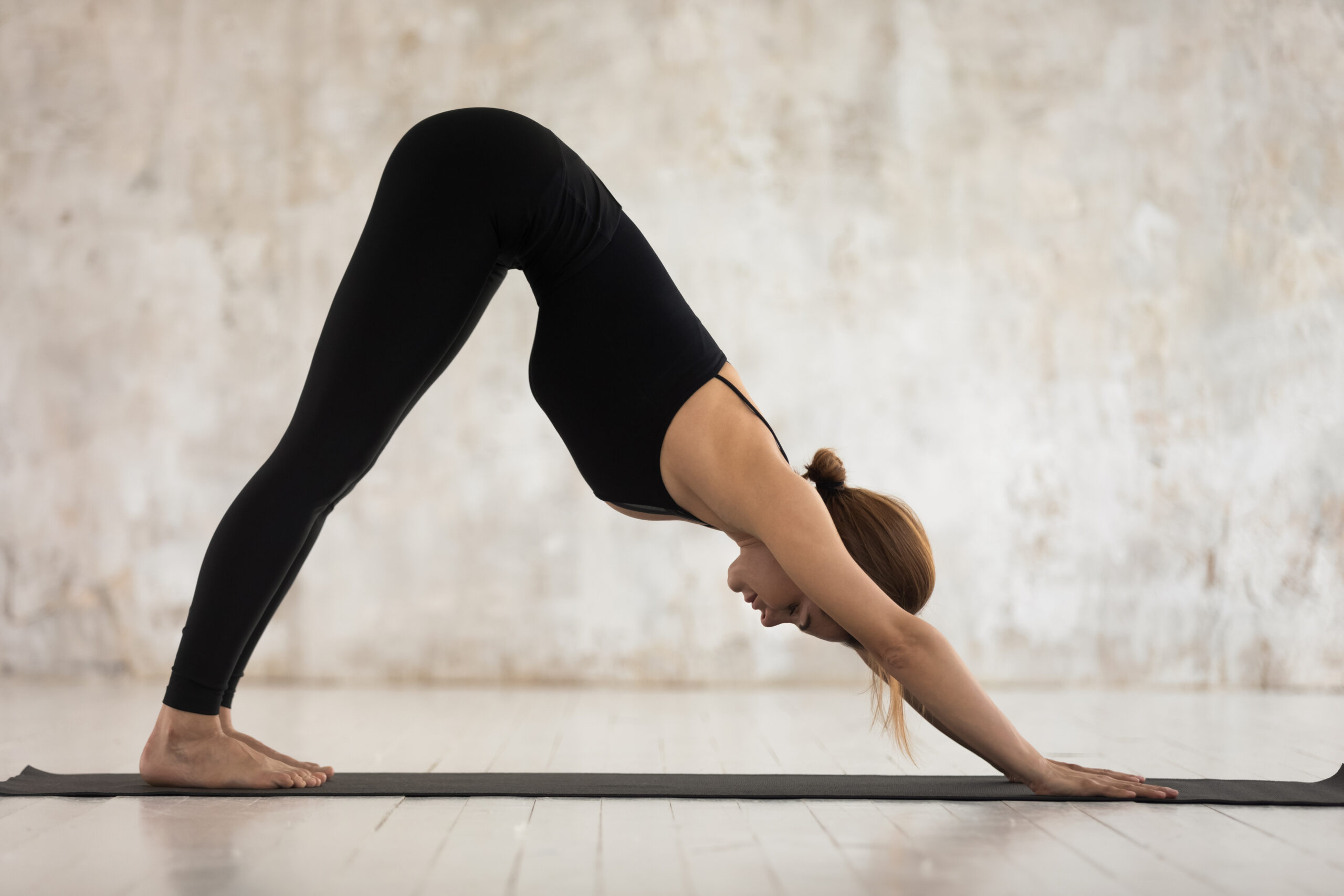 Slow, slow and gentle is the best approach to Stretching.
Slow, slow and gentle is the best approach to Stretching.
It is important to Stretch correctly and to understand that some muscles take longer than others to release.
Warm Up First
Muscles need to be primed and warmed-up before Stretching. A quick walk for 5 minutes or after a workout is great prior to stretching. If you don’t have time, then a quick jog/march on the spot swinging your arms will get everything ready.
Don’t Stretch before a Workout
Various studies have shown that stretching prior to a workout can actually decrease performance. Stretching a tight, cold muscle may even cause injury.
Always Stretch both sides
Pretty obvious, but if you are trying to rehabilitate an injury it is important to always stretch both sides of your body. Only stretching one side can cause increased load on the other side and this in turn can lead to further injury.
Give muscles and joints enough time to Stretch
Avoid ‘bouncing’ your stretch because this will only put strain on the muscle/tendon junction and can cause injury. Hold the stretch for 30 seconds and then release. Repeat 3 times. Big muscles such as hamstrings may need a longer stretch.
Avoid Stretching to the point of burn or pain
Stretching should have some tension but be without pain. If you are feeling the burn, then you are overloading the muscle and joint.
Stretch Regularly
Stretching works best when done little and often. Even a quick 5-10 minutes every other day can make a huge difference.
Stretch with Movement
Stretching with movement can be very beneficial. Yoga, pilates and tai chi all incorporate movement with stretching. Deep breathe to enhance the stretch and encourage the whole body to release tension.
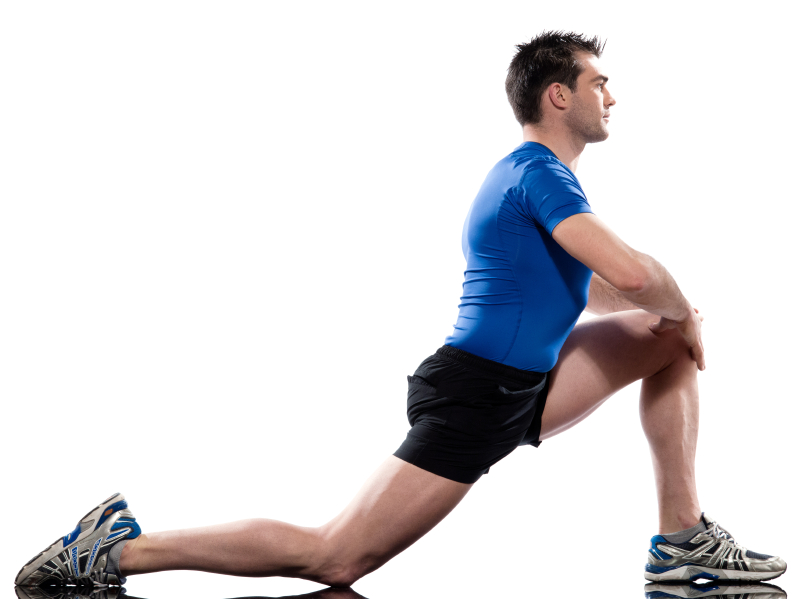
Your Osteopath will prescribe specific stretches that you can do at home. At Kingston & Teddington Osteopathy we assess every person individually and can design a Stretching plan unique to you so that you get maximum health benefits.
Have a look at our YouTube channel for some great stretches
https://www.youtube.com/channel/UCaSfyAZTc5JtqidbXNXg8Pw/videos
If you have pain, contact us!
If you have aches or pains, don’t wait, just call the clinic and come in and we will be able to diagnose the problem. Our Osteopaths are happy to help so please call 02089776396
You can email info@osteopathuk.co.uk or call 02089776396
Click the link for our website: www.osteopathuk.co.uk
Please do not hesitate to get in touch with us for any reason, we are here to help and welcome any feedback. Click here for more information.
Cycling is a great form of exercise. However, good cycling posture is key to prevent injury. This newsletter will focus on the best posture and most common problems that may occur. Kind regards
 If you and your family have decided to take up cycling then what a great choice. Our local area is fairly easy cycling terrain – flat and the scenery in the parks and along the river is fabulous.
If you and your family have decided to take up cycling then what a great choice. Our local area is fairly easy cycling terrain – flat and the scenery in the parks and along the river is fabulous.
However, before you whizz off to explore along the Thames, ensure that your bikes are set up correctly.
Pedal to Saddle height is correct when at full downward pedal you should just stop short of fully straightening out your knee. As your kids grow you may need to assess their saddle heights every 6 months to ensure that they don’t end up cycling with overly flexed knees.
Handlebars should be aligned so that your elbows remain loosely flexed and not locked out straight when cycling.
Obviously, if you have a racing bike then cycling posture alters again. With good core and correct saddle height, you should not need to put full weight through the shoulders, elbows and hands when cycling. We always recommend getting a bike fit to ensure that you have the correct set-up for racing bikes.
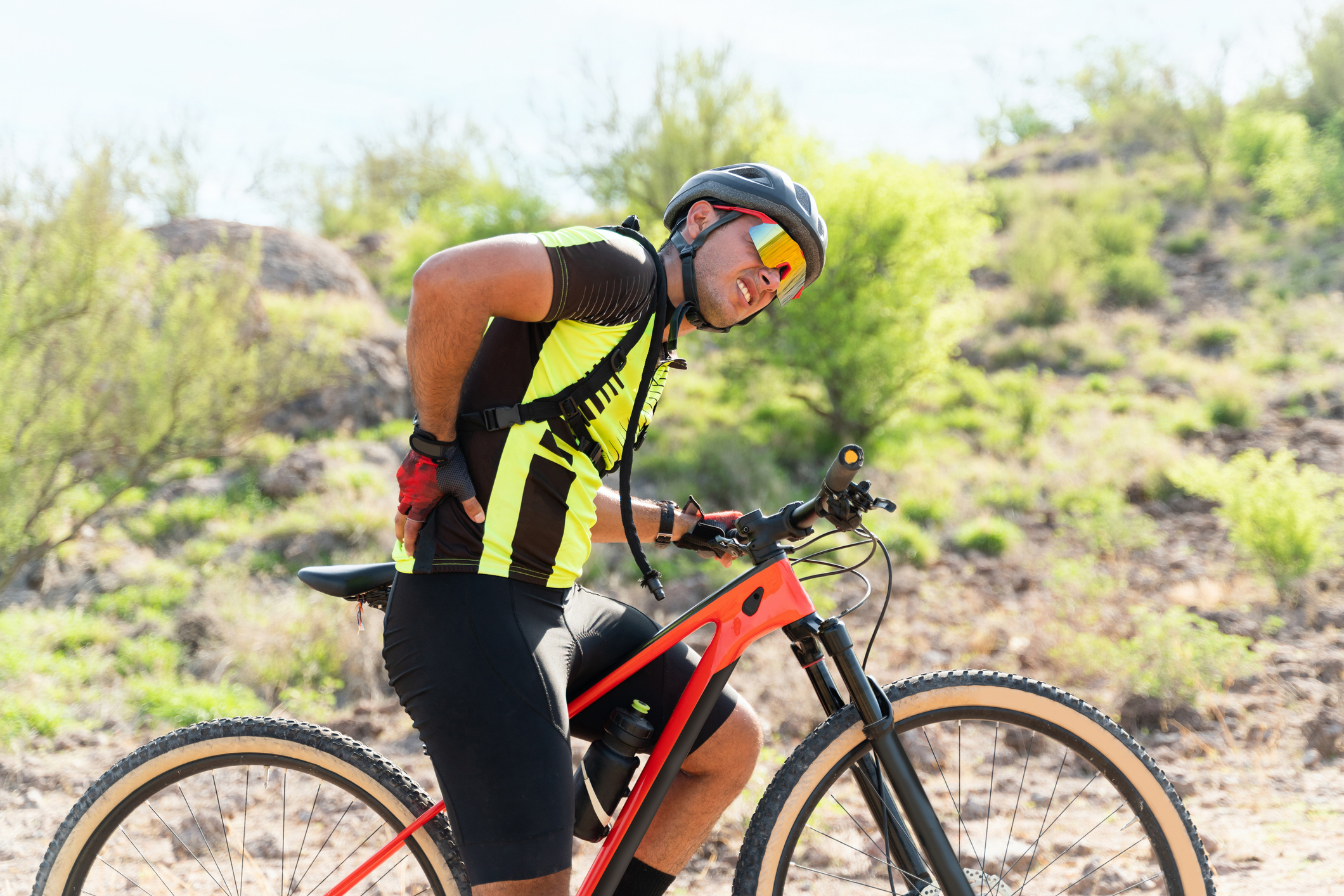 Neck pain is one of the most commonly reported pains related to cycling.
Neck pain is one of the most commonly reported pains related to cycling.
On racing bikes this is often due to poor cycling posture with bad helmet adjustment.
Ensure that you are not over-extending your neck and tilt the helmet more to the back of the head.
Keep elbows bent and shoulders forward to support the collar bones to give greater shock absorption.
Make sure that the handlebars are not too low as this can increase extension of the neck.
Try and tuck your chin in when riding to reduce neck extension and find a more neutral spine.
Be careful when turning your head when doing a manoeuvre in traffic – try to raise up on the handlebars to reduce neck extension when turning.
Shoulder Pain is often reported after long rides.
Again, check posture and that the saddle is angled correctly and not too low at the front. If you are sliding forwards along the saddle then you will automatically brace your weight on your arms and shoulders when riding and this will cause lots of postural problems. As Osteopaths, we advise slightly tilting the saddle backward to align the pelvis so that core muscles engage more readily.
Knee pain around the knee cap is the most common knee pain associated with cycling.
Ensure that your saddle is at the correct height to avoid over-flexing the knees. Also, be careful to cycle with knees pointing straight ahead and do not allow any outward movement of the knee as that can also cause damage behind the kneecap.
Wrist/Hand Pain will occur if your cycling posture is incorrect.
Saddle angle and handlebar height are key to avoid over-extending your wrists or putting too much weight forwards through your hands. We have had patients experiencing pins and needles on long rides and tendonitis in the wrists and forearm. When riding long distances, move your weight from hand to hand to avoid over-loading the wrists and hands.
Ankle Pain can occur on racing bikes.
If you have a history of ankle sprains then ligament strain from previous injury can contribute to ankle pain when cycling. Your Osteopath can prescribe a tailor-made regime to help strengthen the ankles and also provide treatment of leg muscles to ease the pain. Getting the right cleat position is crucial to avoid overstrain of the ankles and so getting a good bike fit for a racing bike is key.

First of all – seek help to get a diagnosis of what structure is involved causing you pain. Your Osteopath will be a good first port of call for full differential diagnosis and if further investigations such as MRI scan or X-ray are required, they will help you navigate how to do that.
Once you have a diagnosis, your Osteopath can give you hands on treatment and practical advice to kickstart the healing process. They will also advise on how to prevent further injury with rehabilitation exercises and forward management of your cycling regime.[/caption]
If you have pain, contact us!
If you have aches or pains, don’t wait, just call the clinic and come in and we will be able to diagnose the problem. Our Osteopaths are happy to help so please call 02089776396 and we can get you back on The Road to Recovery.

You can email info@osteopathuk.co.uk or call 02089776396
Click the link for our website: www.osteopathuk.co.uk
Please do not hesitate to get in touch with us for any reason, we are here to help and welcome any feedback. Click here for more information.
We often have patients ask us if they have slipped a disc and this newsletter aims to help clarify what happens when you get pain caused by an intervertebral disc problem.The good news, is that with the correct care and management, disc problems can be resolved. Kind regards
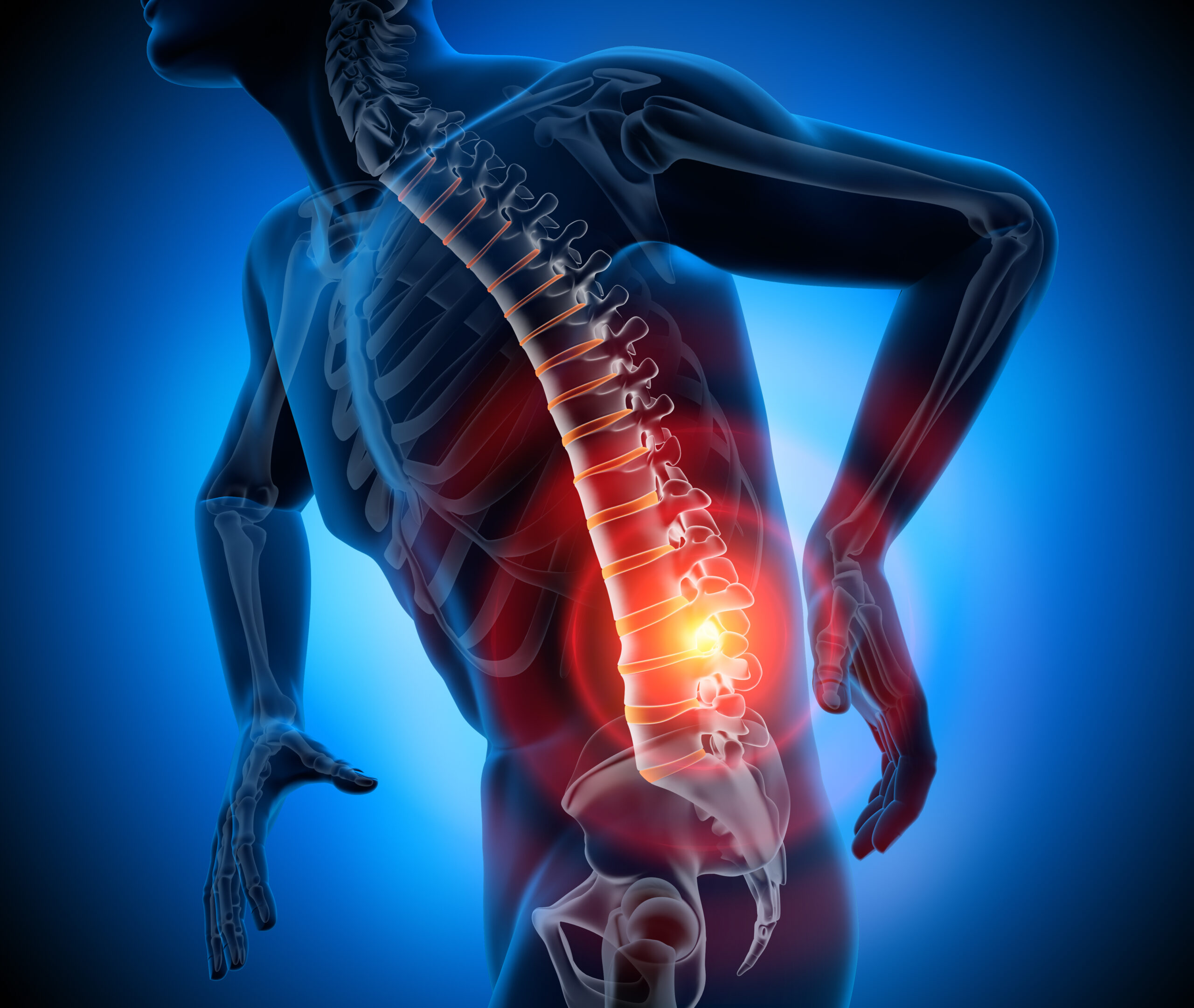
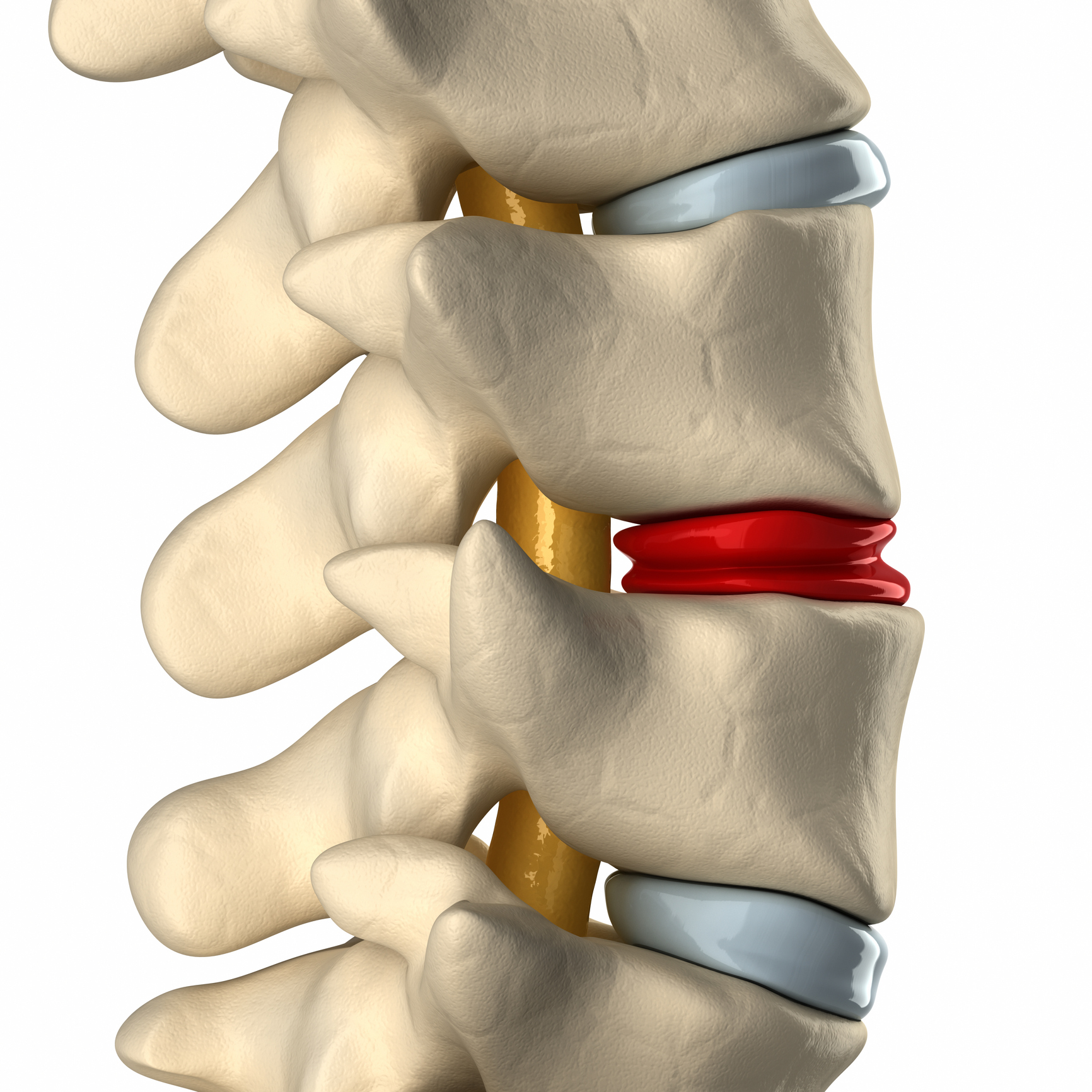
In between each vertebra of your spine, there is a disc which acts as a shock absorber and gives the spine more flexibility.Each disc has a solid outer wall (imagine a car tyre), called the Annulus Fibrosus with an inner thick jelly core called the Nucleus Pulposus.In this picture you can see the discs highlighted white and the ‘injured’ disc as red.The spinal cord of your central nervous system is shown as yellow and off-shoots of that cord leave the spine as nerves to the rest of your body and pass right next to the disc.
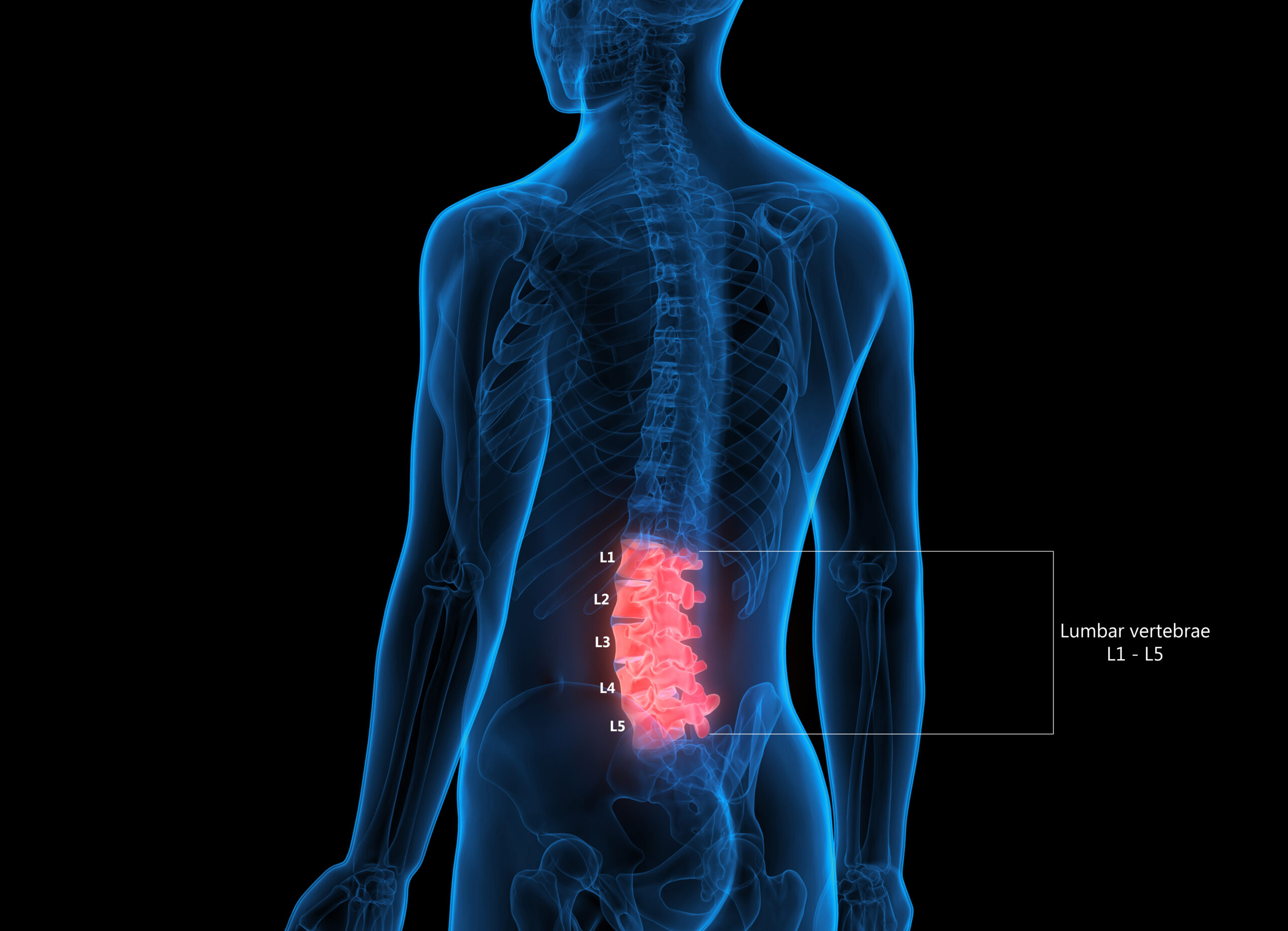
A healthy disc is an oval cushion, made of fibrocartilage, that allows some movement between vertebrae without sacrificing strength. With age the disc begins to desiccate and lose its height. Flattening discs put stress on the outer wall of the Annulus Fibrosus and this can lead to torsions and small tears that might ultimately lead to a full open tear and the inner Nucleus Pulposus oozing out – a prolapsed or “slipped” disc.
However, full disc prolapses/herniations are less common than the Annulus Fibrosus bulge/flattening.
As Osteopaths, we are very keen to diagnose at which stage the disc injury is. This helps us determine treatment and management for a speedier recovery.
Disc pain can be both acute and chronic. The pain varies depending on whether the disc is bulging or fully prolapsed. If the nerves are affected as they exit past the injured disc, you can get referred nerve pain extending into the arm or leg depending on which disc is injured. This can be extremely painful and patients can find it emotionally distressing. Pain relief medication will be needed in this circumstance and your Osteopath will advise accordingly. Should the pain persist, your Osteopath will advise whether a MRI is appropriate and also whether referral to a Pain Specialist is required whilst Osteopathic treatment is ongoing to help manage the problem.
Commonly with disc pain, the nerves are only mildly affected and Osteopathic treatment and management can help you make a good recovery. Your Osteopath will work with you to find ways to manage your work and lifestyle to enable the disc to recover. For example, sitting and compression makes a lumbar spine disc worse so your Osteopath may advise getting a standing desk. Your will also be given some simple exercises to help your progress.
If you have pain, contact us!
If you have neck or back pain don’t wait, just call the clinic and come in and we will be able to diagnose the problem. Disc pain can be extremely persistent unless managed correctly so do seek help. Our Osteopaths are happy to help so please call 02089776396 and we can get you back on The Road to Recovery.

You can email info@osteopathuk.co.uk or call 02089776396
Click the link for our website: www.osteopathuk.co.uk
Please do not hesitate to get in touch with us for any reason, we are here to help and welcome any feedback. Click here for more information.
The practice is super busy at the moment – everyone is coming in for a pre-holiday treatment to get themselves in peak musculoskeletal health prior to jetting off for some relaxation.
This newsletter will help you look after your spine and joints so that you have a wonderful holiday!

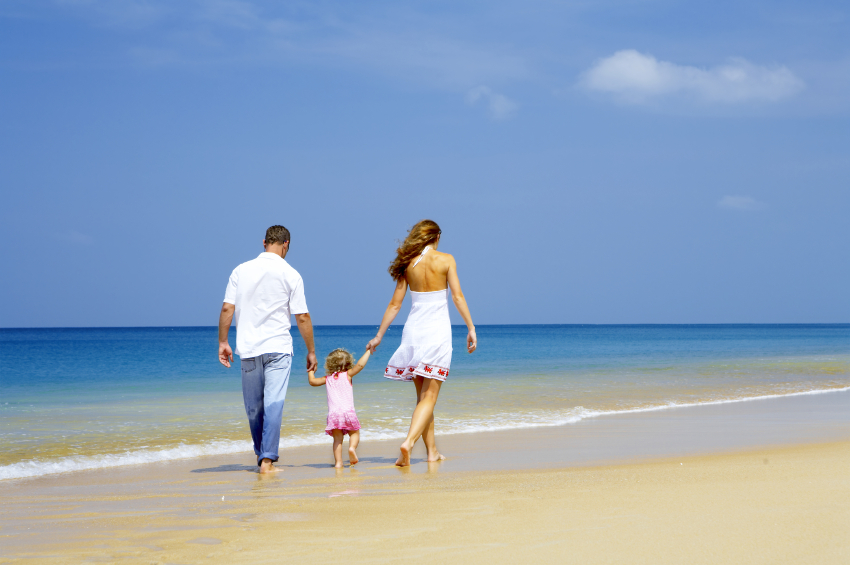

Lifting and then twisting is a common cause of back pain. Engage your abdominal muscles prior to lifting and bend your knees and use your legs to prevent overloading your spine.
We always advise being especially careful of airport luggage conveyor belts! Also, be careful un/loading the car and if you have a bad back we highly recommend delegating the task to someone else 🙂
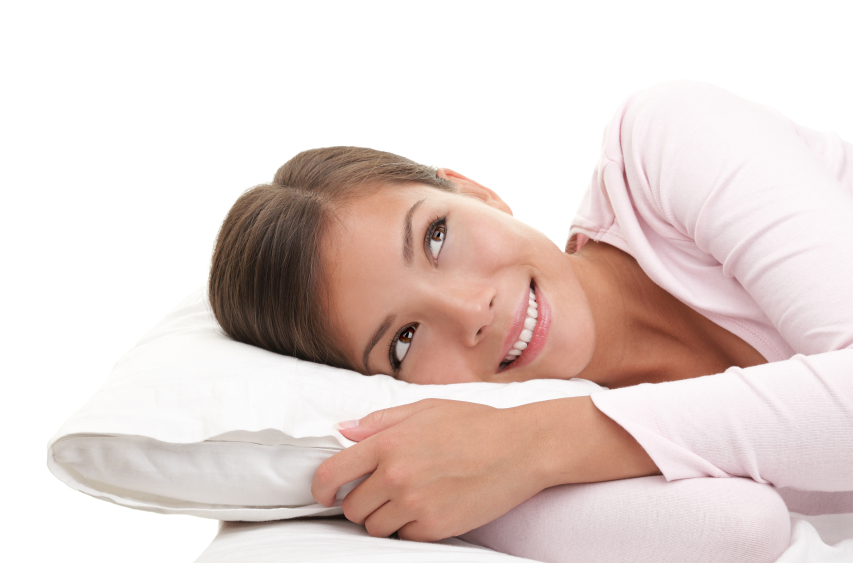
If you have recurring neck problems then it can be a great idea to pack your pillow to take on holiday. Changes in pillows are one of the common causes of neck pain that we see post-holiday in the practice. If it isn’t feasible to take your own pillow, then try folding a towel into a pad underneath your hotel pillow so that it reaches your optimum height for comfort.
The change in mattress on holiday can also lead to hip, shoulder and back problems. Every year we treat patients post-holiday who find the change of bed affects their spine. If the bed is too hard, try sleeping on a folded duvet or ask the hotel is they provide mattress toppers. If the mattress feels too soft then you can get an achey lower back – try doing gentle knees to chest exercises daily to reduce stiffness.
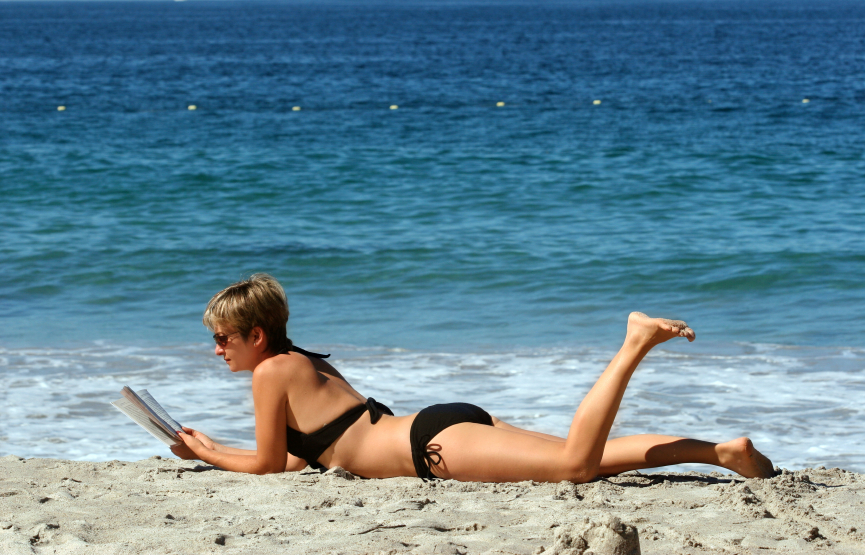
Whilst holidays are wonderfully relaxing, inactivity can itself cause back pain. Sun loungers aren’t ergonomically designed for bad backs so try and get up every 20 minutes and move around. Lying on your tummy without support can put excessive curve through the lumbar spine – try folding a towel/pillow underneath your abdomen to prevent this.
If you would like to book your holiday appointment, please call us on 02089776396 or email info@osteopathuk.co.uk

You can email info@osteopathuk.co.uk or call
Click the link for our website: www.osteopathuk.co.uk
Please do not hesitate to get in touch with us for any reason, we are here to help and welcome any feedback. Click here for more information.
Kind regards,

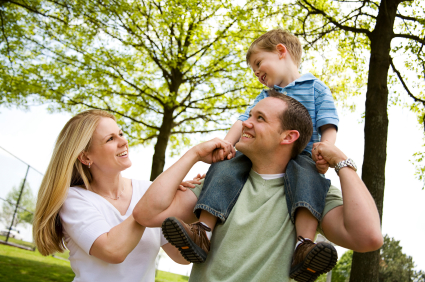
Top Up your Vitamin D – get outside as much as possible. In the UK, we only absorb Vitamin D from sunlight from April through to the end of September. Vitamin D is a fat soluble vitamin that works with calcium and magnesium to give us healthy bones and teeth and also supports muscle function and our immune system.
Be Active – whether you run, walk or want to play tennis or cricket, the rule of thumb is do more! This is the perfect time of year for evening walks after work, early runs or just taking the family on a great day out in the countryside. Be creative, have fun and raise your activity levels in the summer months.
Eat Well – summer foods can be low fat and extremely healthy given the right food choices. Try and prepare your own food for BBQs rather than buying pre-prepared foods. That way you can create marinades with less salt and sugar in them and choose lower fat options.
Drink Plenty of Water – staying hydrated is obvious but very necessary in the summer. Always carry a bottle of water with you, especially when you are outside. Dehydration can lead to dry mouth, headache, dizziness, constipation and muscle cramps.
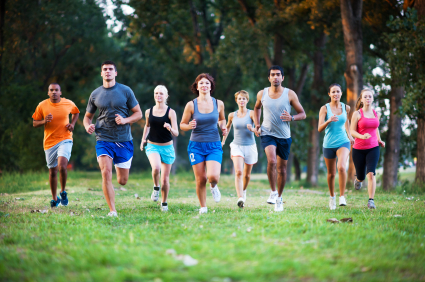
|
|

If you would like more information on how Osteopathy can help, please contact us.
You can email info@osteopathuk.co.uk or call 02089776396
| Click the link for our website: http://www.osteopathuk.co.uk/ |

Please do not hesitate to get in touch with us for any reason, we are here to help and welcome any feedback. Click here for more information.
It is A Level and GCSE time and increasingly, we see children and teens that experience Postural Tension from revision and sitting for exams.
As adults, we all experience Postural Tension from the repetitive nature of our jobs, computer strain and prolonged sitting.
However, it is easy to forget that our kids can have this too! This is a stressful time for them and Osteopathy can be really helpful in easing the physical pressure of prolonged sitting and stress.
Kind regards,

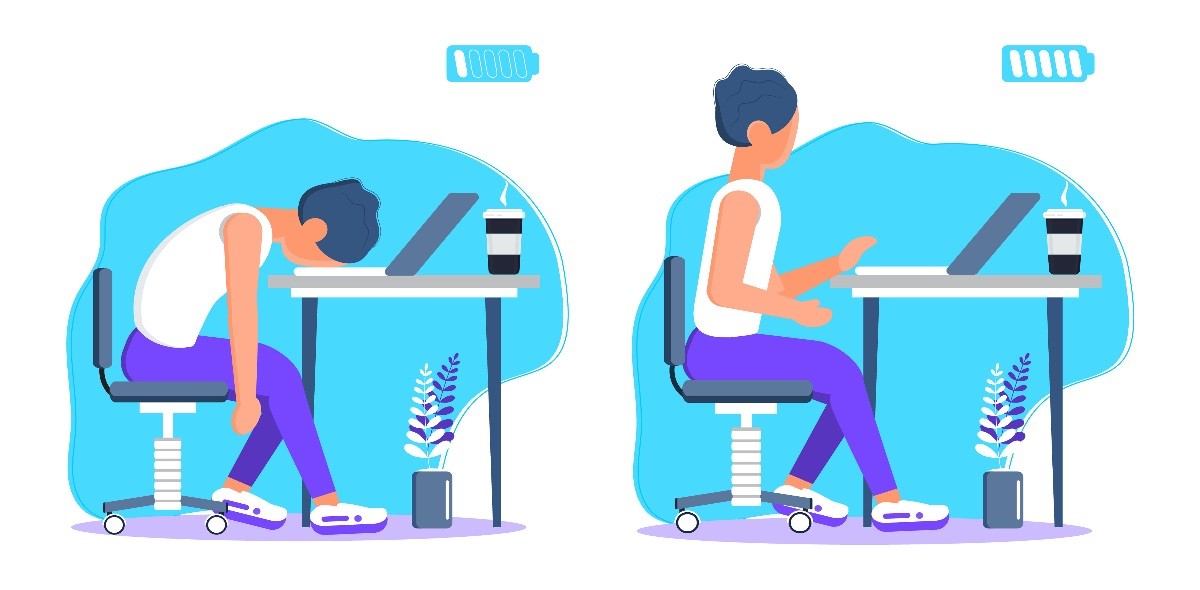
When an Osteopath describes someone as experiencing Postural Tension they don’t mean that the person has bad posture. Instead, the repetitive nature of an activity (for example revising for exams) can lead to the muscles of the spine showing signs of fatigue and this is what Osteopaths term Postural Tension.
Postural Tension manifests itself as a ‘slumping’ posture with exaggerated rounding of the upper back and forward protracted shoulders. The neck then extends and the chin comes forwards in a classic sign of Postural Tension.
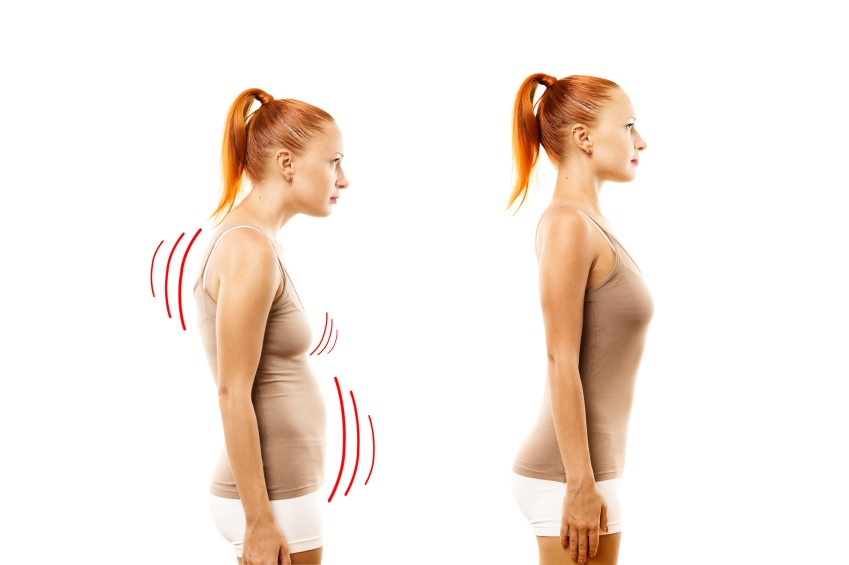
Osteopathy for Postural Tension aims to help the spine curve correctly, the muscles to respond without fatigue to holding us upright and to improve overall function throughout each vertebra of the spine.
Osteopathic massage of the muscles and joint articulation and manipulation are all key to helping the spinal muscles and spine to be restored to proper alignment and function.
For children and teens, some Osteopath techniques may be adapted to take into account the growing spine and muscular changes that occur at this age.

If you would like more information on how Osteopathy can help, please contact us.
You can email info@osteopathuk.co.uk or call 02089776396
| Click the link for our website: http://www.osteopathuk.co.uk/ |

Please do not hesitate to get in touch with us for any reason, we are here to help and welcome any feedback. Click here for more information.